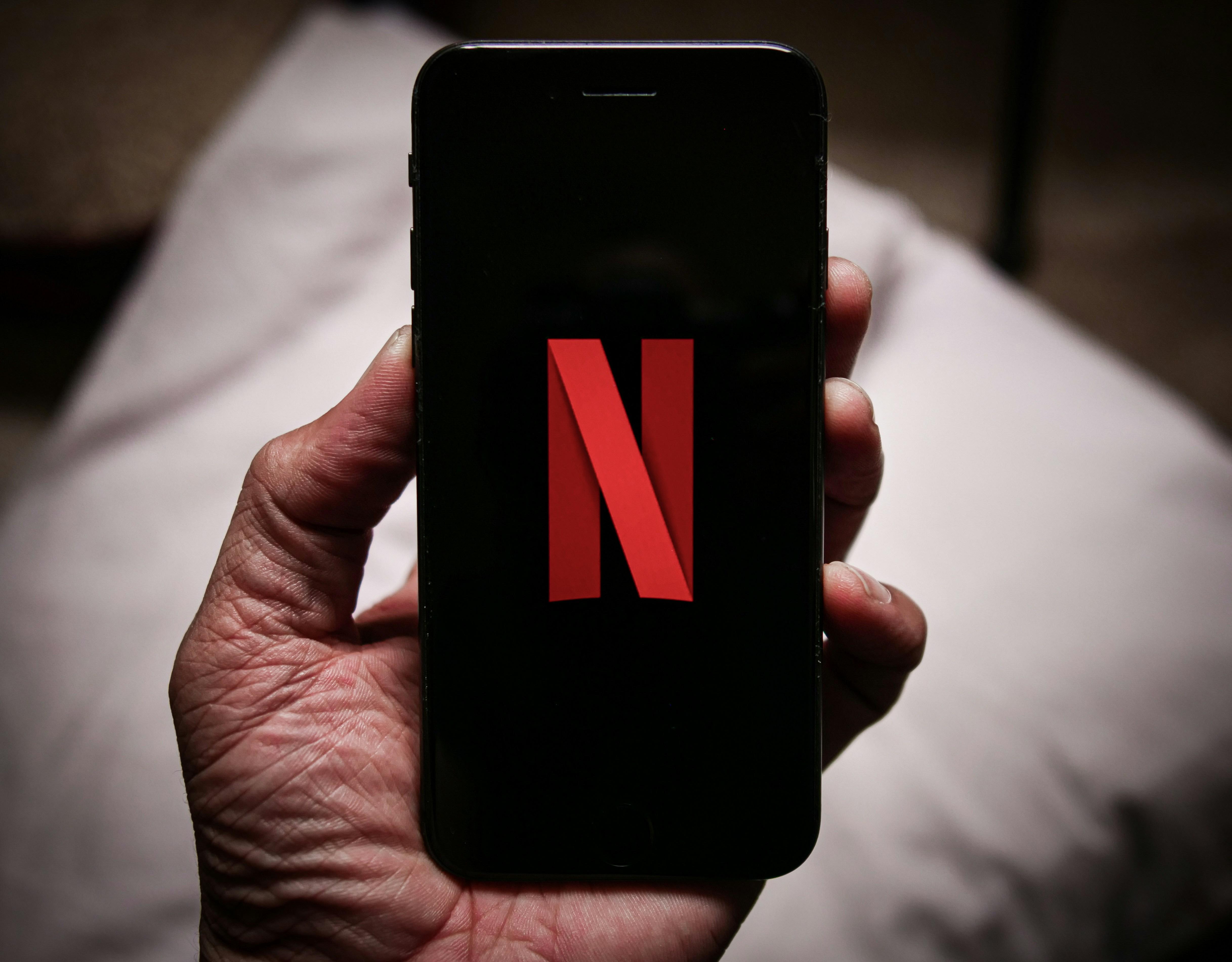In recent years, the landscape of home entertainment has undergone a significant transformation, marked by the meteoric rise of streaming services and a corresponding decline in DVD sales. As digital platforms like Netflix, Hulu, and Amazon Prime Video continue to dominate the market, the once-ubiquitous DVD finds itself increasingly sidelined. This shift raises a critical question: can streaming services be held accountable for the dwindling sales of DVDs, or are there other underlying factors at play? This article delves into the dynamics between these two mediums, exploring the influence of technological advancements, consumer preferences, and industry trends to provide a comprehensive analysis of this evolving narrative.
Impact of Streaming Platforms on Traditional Media Consumption
The evolution of streaming platforms has undoubtedly reshaped how audiences consume media, leading to a noticeable decline in DVD sales. This shift can be attributed to several factors:
- Convenience and Accessibility: Streaming services offer instant access to vast libraries of content, eliminating the need for physical storage and the inconvenience of handling DVDs.
- Cost-Effectiveness: Subscriptions often provide a more economical solution compared to purchasing individual DVDs, especially for avid viewers.
- Technological Advancements: With improved internet speeds and device compatibility, streaming offers a seamless experience that traditional media formats struggle to match.
While it’s easy to point fingers at streaming platforms, it’s essential to recognize the broader technological and cultural trends driving these changes. The decline in DVD sales is not solely a consequence of streaming services but rather part of a larger transformation in media consumption habits.

Comparative Analysis of DVD Sales and Streaming Growth Trends
- Market Dynamics: The evolution of digital technology has significantly reshaped consumer behavior, with streaming services offering unprecedented convenience and a vast array of choices. As platforms like Netflix, Amazon Prime, and Disney+ rapidly expand, they provide a stark contrast to traditional DVD collections, which require physical storage and are limited by fixed content. The allure of instant access to a broad library of films and series, often at a lower monthly cost than purchasing multiple DVDs, plays a crucial role in shifting consumer preferences.
- Economic Factors: The cost-effectiveness of streaming subscriptions versus purchasing physical media has become a pivotal factor. With the ability to access high-definition content without additional hardware or physical media, consumers are increasingly drawn to the simplicity and affordability of streaming. Additionally, the declining sales of DVD players contribute to this trend, as newer devices focus on digital compatibility.
- Technological Advancements: Innovations in streaming technology, such as personalized recommendations and offline viewing, enhance user experience, further encouraging the transition from DVDs. Streaming platforms continually update their content libraries, offering fresh and exclusive material that physical media cannot match in terms of variety and timeliness.

Evaluating Consumer Preferences in the Digital Entertainment Era
In the ever-evolving landscape of digital entertainment, understanding consumer preferences has become a crucial aspect of analyzing market trends. Streaming services have undeniably reshaped how audiences consume content, offering convenience and an extensive array of choices. This shift raises the question of whether they are solely responsible for the decline in DVD sales. To evaluate this, several factors must be considered:
- Accessibility and Convenience: Streaming platforms provide instant access to a vast library of content without the need for physical storage, appealing to the modern consumer’s desire for immediacy.
- Cost Efficiency: Subscription models offer a more economical option compared to purchasing individual DVDs, allowing users to explore a wide variety of genres at a fixed monthly rate.
- Technological Advancements: Improved internet speeds and the proliferation of smart devices have made streaming a seamless experience, further diminishing the appeal of physical media.
While streaming services certainly contribute to the decline in DVD sales, it’s essential to acknowledge the role of evolving technology and changing consumer habits. The shift represents a broader transformation in how entertainment is consumed, reflecting a preference for digital solutions that cater to modern lifestyles.
Strategic Recommendations for DVD Market Adaptation
In an era dominated by streaming, DVD market players must innovate to stay relevant. Here are some strategic recommendations:
- Embrace Niche Markets: Focus on collectors and enthusiasts who value physical media. Limited edition releases, exclusive bonus content, and high-quality packaging can attract these segments.
- Leverage Hybrid Models: Combine physical DVDs with digital offerings. Providing a digital download or streaming code with a DVD purchase can offer flexibility and appeal to a broader audience.
- Enhance Retail Experience: Partner with retailers to create engaging in-store experiences. Interactive displays and events can draw attention and renew interest in DVDs.
- Utilize Data Analytics: Analyze consumer behavior to tailor offerings. Understanding viewing preferences and purchasing patterns can help in crafting targeted marketing strategies.
By implementing these strategies, the DVD market can adapt and find new avenues for growth despite the rise of streaming services.



